Proline Pro2400VA User manual
- Category
- Battery chargers
- Type
- User manual
This manual is also suitable for
Proline Pro2400VA is a simple solar inverter designed to power home appliances or electronics. It can also handle motor-type loads with high surge power. With a built-in solar charger, it can convert solar power to battery power and provide continuous power during night time. The Proline Pro2400VA is easy to install and use, making it a great choice for those who want to use solar power to reduce their energy costs or live off-grid.
Here are some of the features of the Proline Pro2400VA:
- 2400VA continuous power output
- 4800VA surge power output
- 120V AC output
- 24V DC input
- Built-in solar charger
Proline Pro2400VA is a simple solar inverter designed to power home appliances or electronics. It can also handle motor-type loads with high surge power. With a built-in solar charger, it can convert solar power to battery power and provide continuous power during night time. The Proline Pro2400VA is easy to install and use, making it a great choice for those who want to use solar power to reduce their energy costs or live off-grid.
Here are some of the features of the Proline Pro2400VA:
- 2400VA continuous power output
- 4800VA surge power output
- 120V AC output
- 24V DC input
- Built-in solar charger
















-
 1
1
-
 2
2
-
 3
3
-
 4
4
-
 5
5
-
 6
6
-
 7
7
-
 8
8
-
 9
9
-
 10
10
-
 11
11
-
 12
12
-
 13
13
-
 14
14
-
 15
15
-
 16
16
Proline Pro2400VA User manual
- Category
- Battery chargers
- Type
- User manual
- This manual is also suitable for
Proline Pro2400VA is a simple solar inverter designed to power home appliances or electronics. It can also handle motor-type loads with high surge power. With a built-in solar charger, it can convert solar power to battery power and provide continuous power during night time. The Proline Pro2400VA is easy to install and use, making it a great choice for those who want to use solar power to reduce their energy costs or live off-grid.
Here are some of the features of the Proline Pro2400VA:
- 2400VA continuous power output
- 4800VA surge power output
- 120V AC output
- 24V DC input
- Built-in solar charger
Ask a question and I''ll find the answer in the document
Finding information in a document is now easier with AI
Other documents
-
Vertex 2KW User manual
-
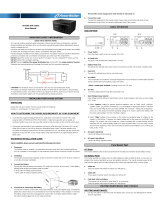 PowerWalker Inverter 650 SW Owner's manual
PowerWalker Inverter 650 SW Owner's manual
-
Voltronic Power 3 KVA 24V User manual
-
Cyber Power CPD1200EILCD User manual
-
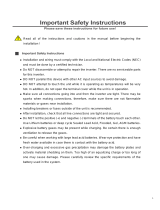 PowMr POW-LVM3K-24V 3000W Solar Inverter Pure Sine Wave Power Inverter User manual
PowMr POW-LVM3K-24V 3000W Solar Inverter Pure Sine Wave Power Inverter User manual
-
Crown Xavier 3KW User manual
-
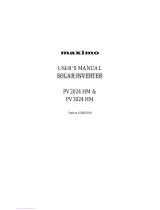 maximo PV2024 HM User manual
maximo PV2024 HM User manual
-
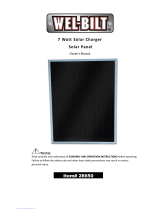 Wel-Bilt 28650 Owner's manual
Wel-Bilt 28650 Owner's manual
-
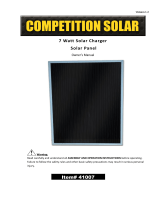 Competition Solar 41007 User manual
Competition Solar 41007 User manual
-
Offgridtec IC-12 Inverter charger User manual




















